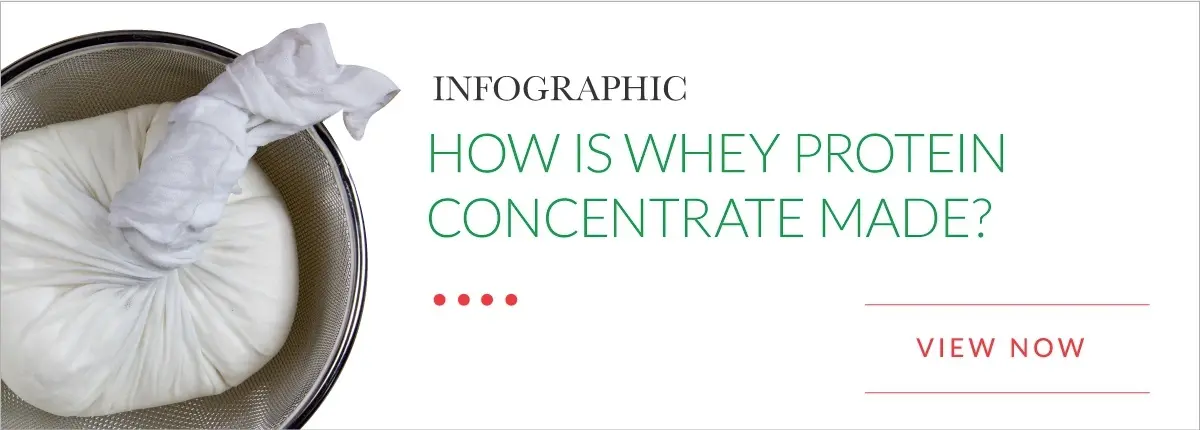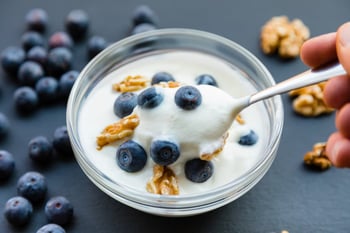
While healthier foods continue to be a focus for consumers — and thus food manufacturers — the ways in which those foods are harvested, produced and packaged are becoming just as important, especially among Millennials.
A study analyzed 12.5 million social media posts and other online commentaries to determine that sustainability and company transparency are priorities that rank right alongside health and flavor. A Nielsen Report also surmises that Millennials are a demanding generation that wants to be more informed about companies, their products and their business practices.
Sustainability can be a relative term, however. What are consumers’ top concerns and how can food manufacturers respond? Let’s take a look.
Sustainability and Environmental Responsibility
In a quantitative study by Barkley, new products claiming sustainability and traceability exceeded all other new product platform territories including portion control, taste or flavor, easy preparation and functional nutrition. Sustainable farming, environmentally friendly agricultural practices and ethical treatment of animals rank highly and continue to be top of mind.
The modern market demands that brands are committed to more than profit and have a concern and vision for making the world a better place. Manufacturers that include sustainability as a core value and mission can gain a competitive advantage.
Local and Regional Sourcing
Qualities that were once considered “premium” are now becoming the expectation for many consumers. In addition to a demand for clean labels that contain natural ingredients, many are looking at where products are made and making purchasing decisions based on what they find. “Made in the USA” continues to be a sought-after claim. The more granular and regional the sourcing of ingredients can be, the more appeal food manufacturers will garner.
As an example, Grande Custom Ingredient Group’s functional whey protein products are sourced in the heart of Dairyland — mainly Wisconsin, the Dairy State — from only Grade A dairy, and its strict chain of custody ensures the highest product quality and traceability. This can be an important factor for consumers, especially considering historical concerns that still linger for proteins sourced from China where heavy metal contamination and adulteration were prevalent.
Transparency
Trust among consumers is lagging and many are suspicious toward food manufacturers. While clean labels certainly are a start, there’s a difference between clean labels and ingredient transparency, and simply making claims about quality are no longer enough. Companies need to provide access to information, commit to consumer privacy, communicate their values and, most importantly, follow through on them. With today’s unprecedented access to information, there’s no room for obscurity.
Natural Ingredients
Studies show that more than 60% of consumers consider the health of a product when buying food and drinks, and 88% are willing to pay more for them. A major factor in determining whether an item is healthy is if they contain artificial or synthetic ingredients. Of note, the beverage market has seen a major shift in this area, especially among Millennials who are increasingly opting for alternative juices and drinks promoting natural energy, digestive health and immunity. Soft drinks and empty calories are being replaced by protein beverages and those touting natural ingredients.
Reducing the amount of artificial gums, starches and additives in formulations and replacing them with natural ingredients that are sustainably sourced must be a consideration for food manufacturers. However, returning to the days of using traditional ingredients such as fresh eggs and high-cost dairy isn’t necessarily feasible for most.
Grande Custom Ingredients Group offers several forms of all-natural whey protein products that should be a consideration. Not only are our products good for the environment and good for consumers’ health; they’re good for your bottom line. See how whey protein concentrate is made in our helpful infographic. Just click below. For help addressing your toughest formulation challenges, reach out to one of our food scientists.




